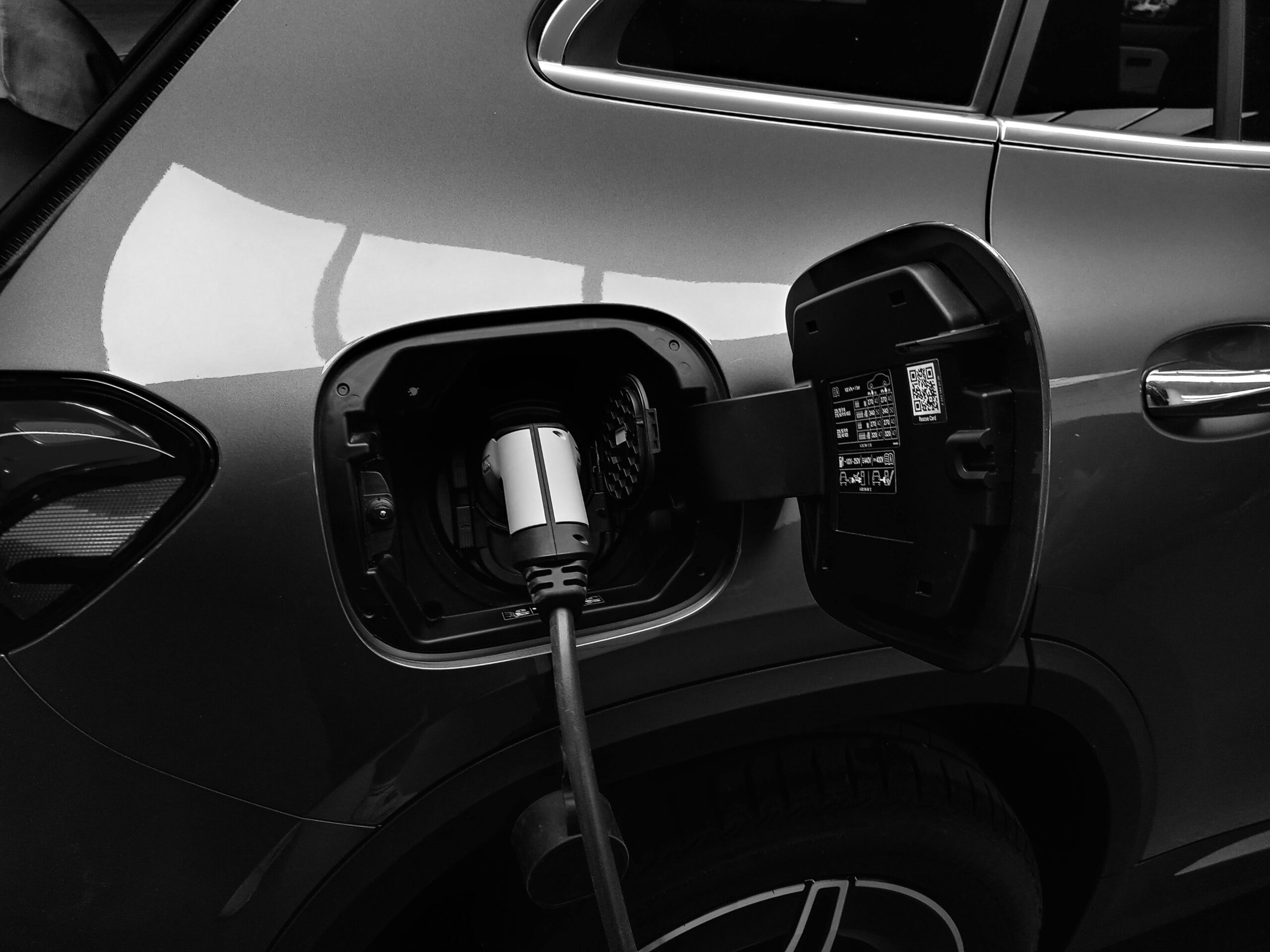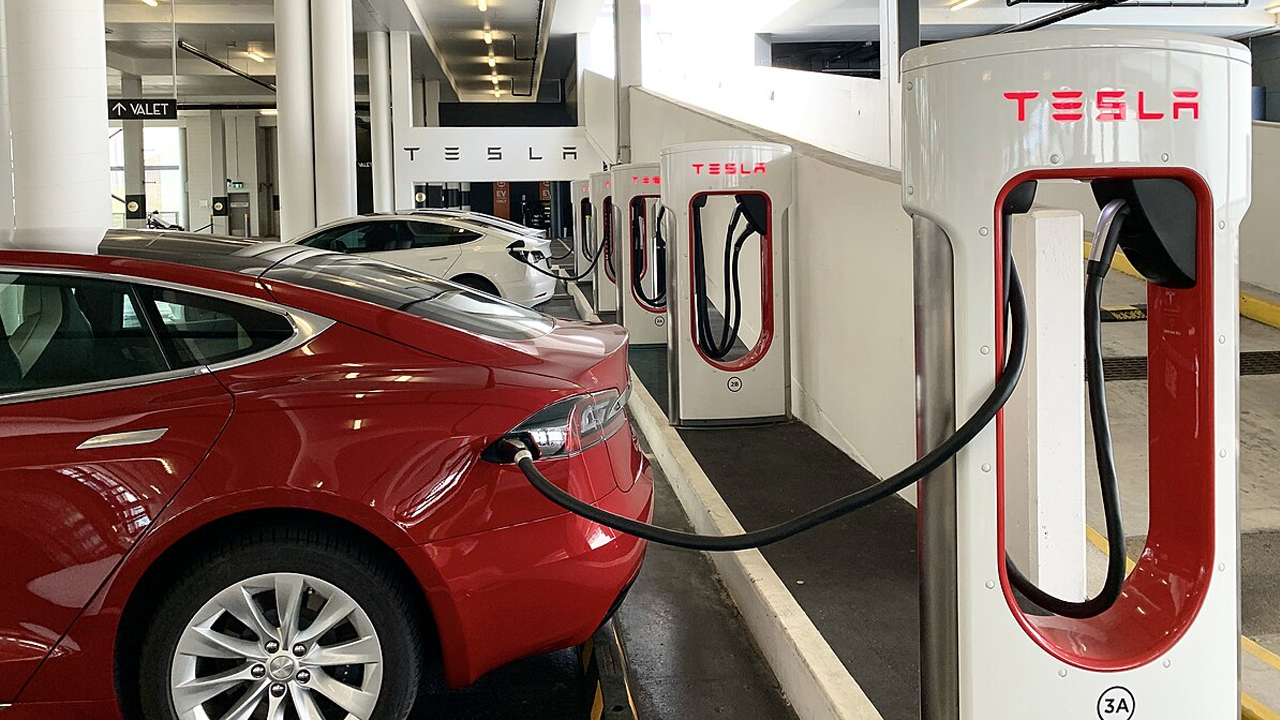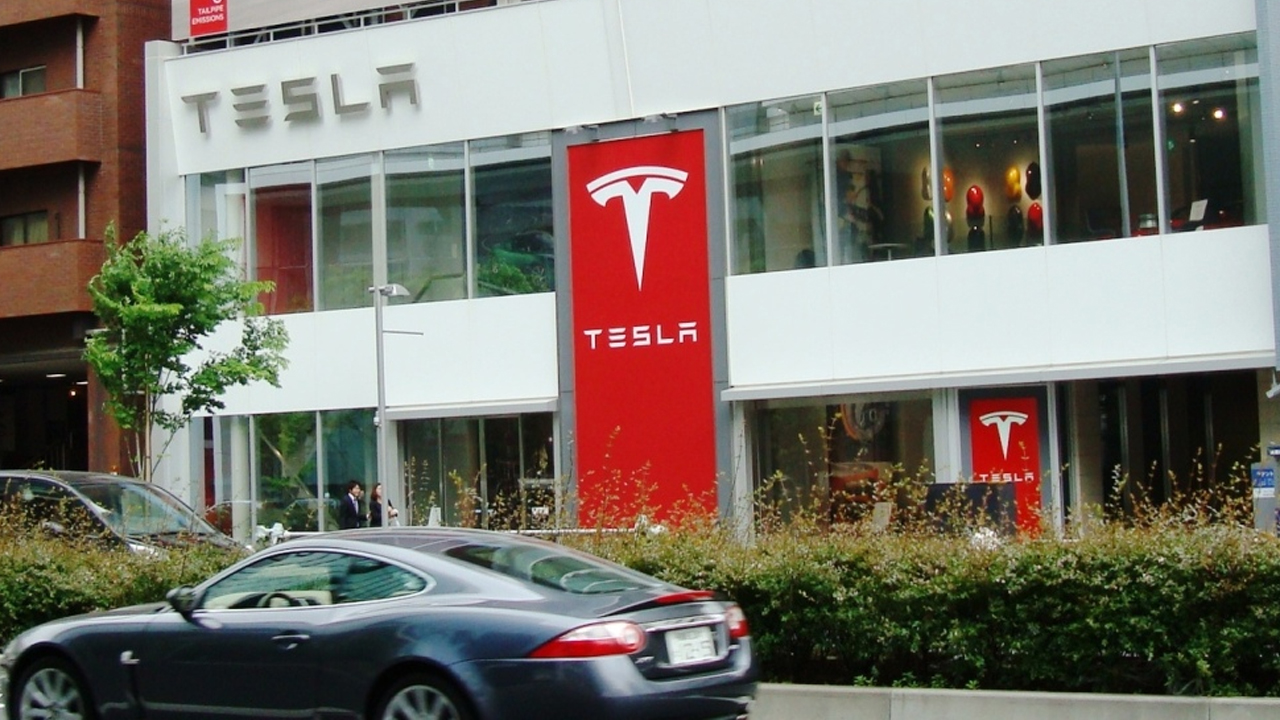A recent overnight incident involving a Tesla vehicle catching fire has reignited concerns about electric vehicle (EV) safety, particularly during charging. While EV fires are statistically less common than those in gas-powered cars, the intensity and unpredictability of battery-related fires demand closer scrutiny.
Understanding the Mechanics of EV Battery Fires
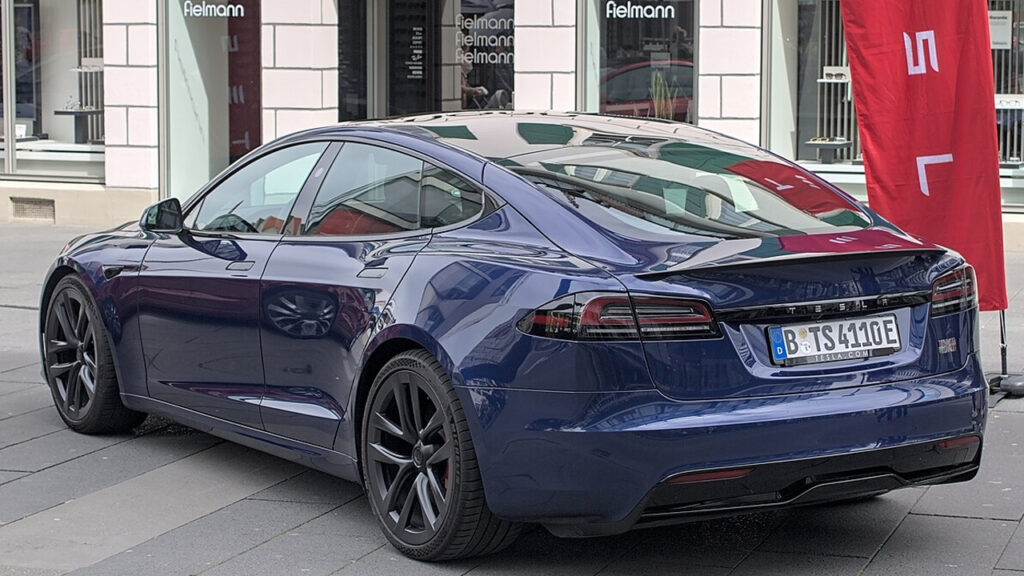
At the core of most EV fire incidents is a phenomenon known as thermal runaway. This occurs when a single lithium-ion cell overheats, triggering a chain reaction that rapidly spreads heat and fire to adjacent cells. Factors such as manufacturing defects, physical damage, or overcharging can initiate this process.
In the context of overnight charging, prolonged exposure to high temperatures or faulty charging equipment can exacerbate the risk. Once thermal runaway begins, the fire can be intense and challenging to extinguish, often requiring specialized firefighting techniques (Source: Wired).
The Role of Charging Infrastructure and Equipment
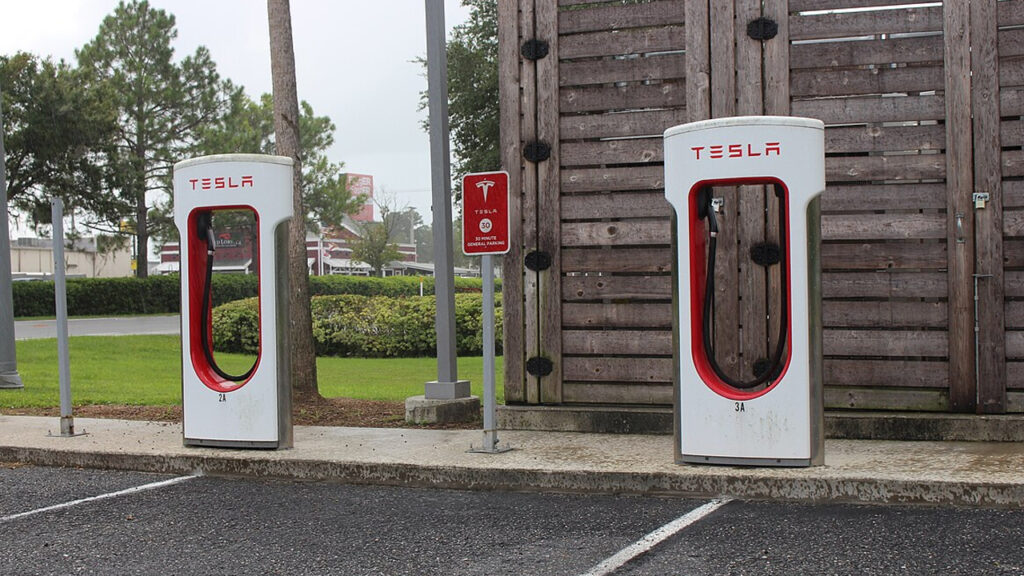
The safety of EV charging doesn’t solely depend on the vehicle’s internal systems; external charging equipment plays a significant role. Improper installation, use of non-certified chargers, or aging infrastructure can introduce vulnerabilities.
For instance, a fire at a Tesla Supercharger station in Littleton, Massachusetts, was attributed to suspicious circumstances, highlighting the importance of secure and well-maintained charging stations (Source: WCVB). Ensuring that both public and private charging setups meet safety standards is crucial in mitigating fire risks.
Environmental Factors: The Hidden Dangers

Environmental conditions can significantly impact EV battery safety. Exposure to saltwater, as seen during events like Hurricane Helene, can lead to corrosion and short circuits within the battery pack. Such exposure may not cause immediate issues but can result in fires days or even weeks later.
This delayed reaction underscores the need for thorough inspections of EVs that have been subjected to flooding or similar conditions (Source: Associated Press).
Manufacturer Responses and Safety Measures
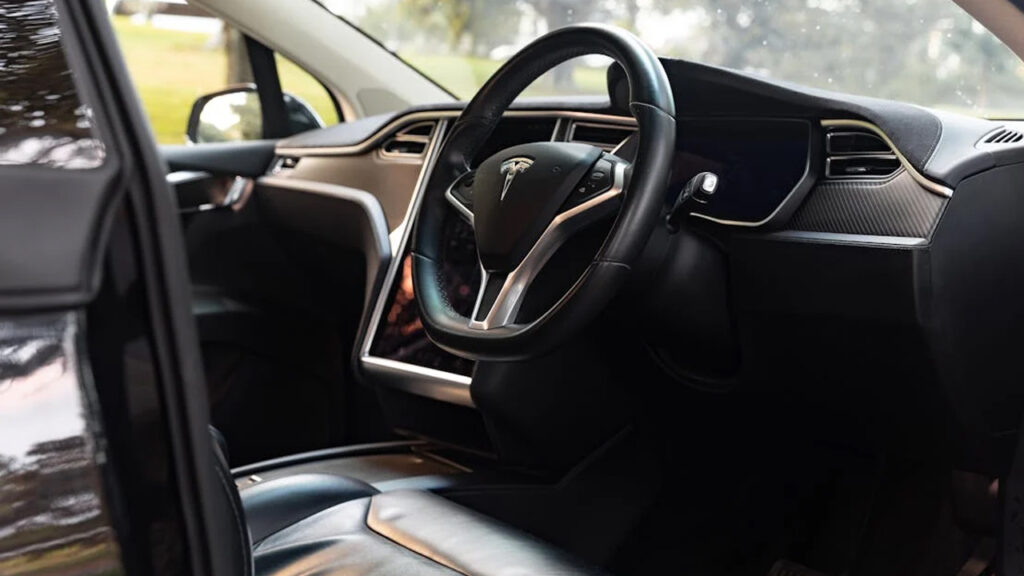
In response to fire incidents, manufacturers like Tesla have implemented various safety measures, including software updates to manage charging behaviors and physical modifications to battery protection systems. However, some critics argue that these responses are reactive rather than proactive.
For example, leaked communications have suggested that Tesla was aware of certain battery design flaws but delayed addressing them publicly (Source: Wikipedia). This highlights the ongoing debate about corporate responsibility and transparency in ensuring EV safety.
Best Practices for EV Owners
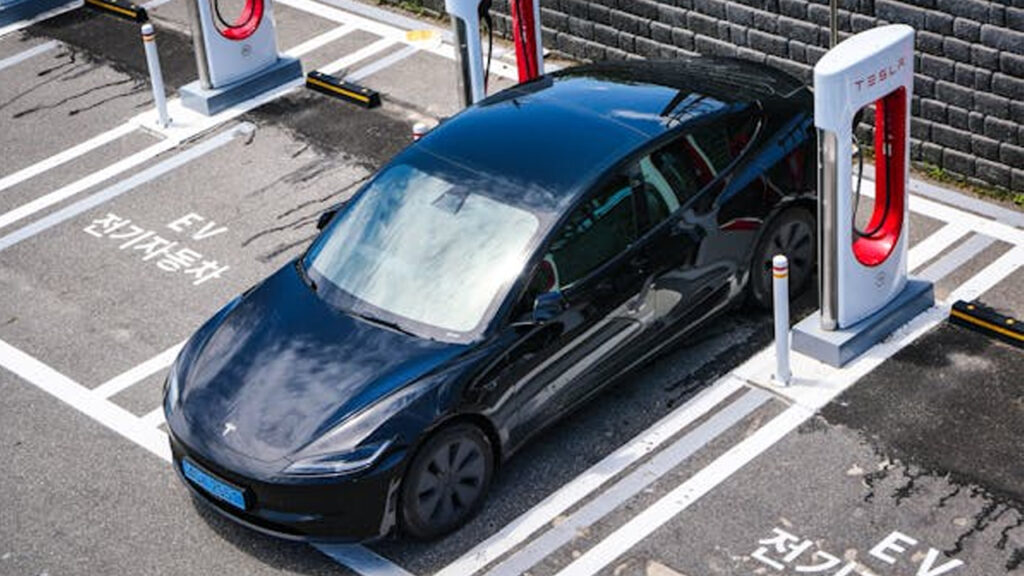
While manufacturers and infrastructure providers work to enhance safety, EV owners can take proactive steps to minimize risks:
- Use only manufacturer-approved charging equipment.
- Avoid charging your vehicle unattended for extended periods, especially overnight.
- Regularly inspect charging cables and ports for signs of wear or damage.
- Stay informed about recalls or safety notices related to your vehicle model.
By adhering to these practices, owners can play a vital role in ensuring their safety and that of their surroundings.
